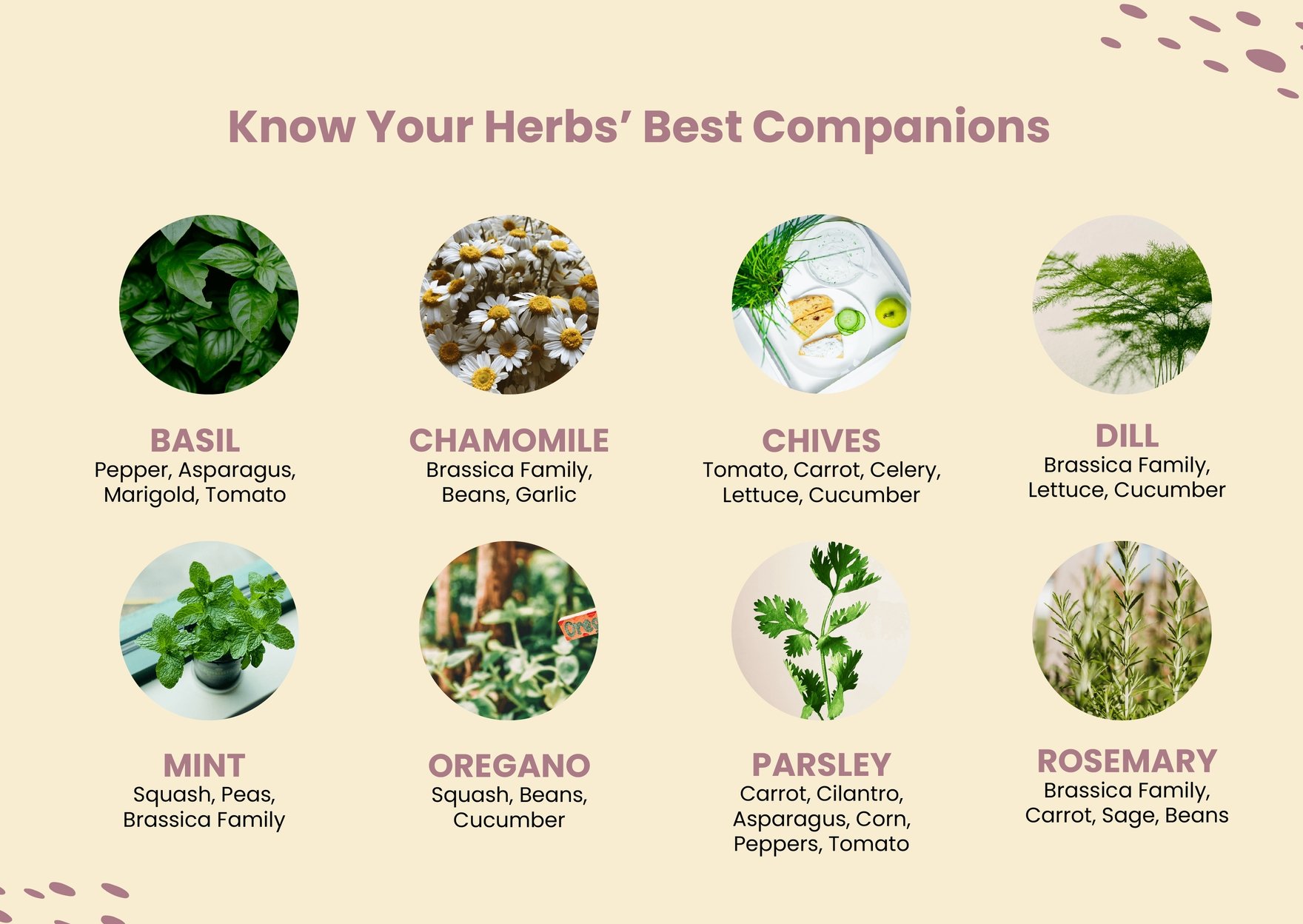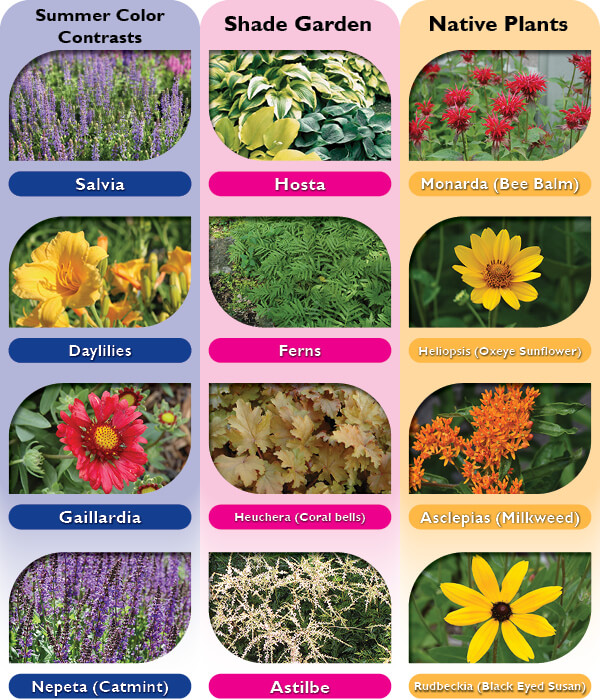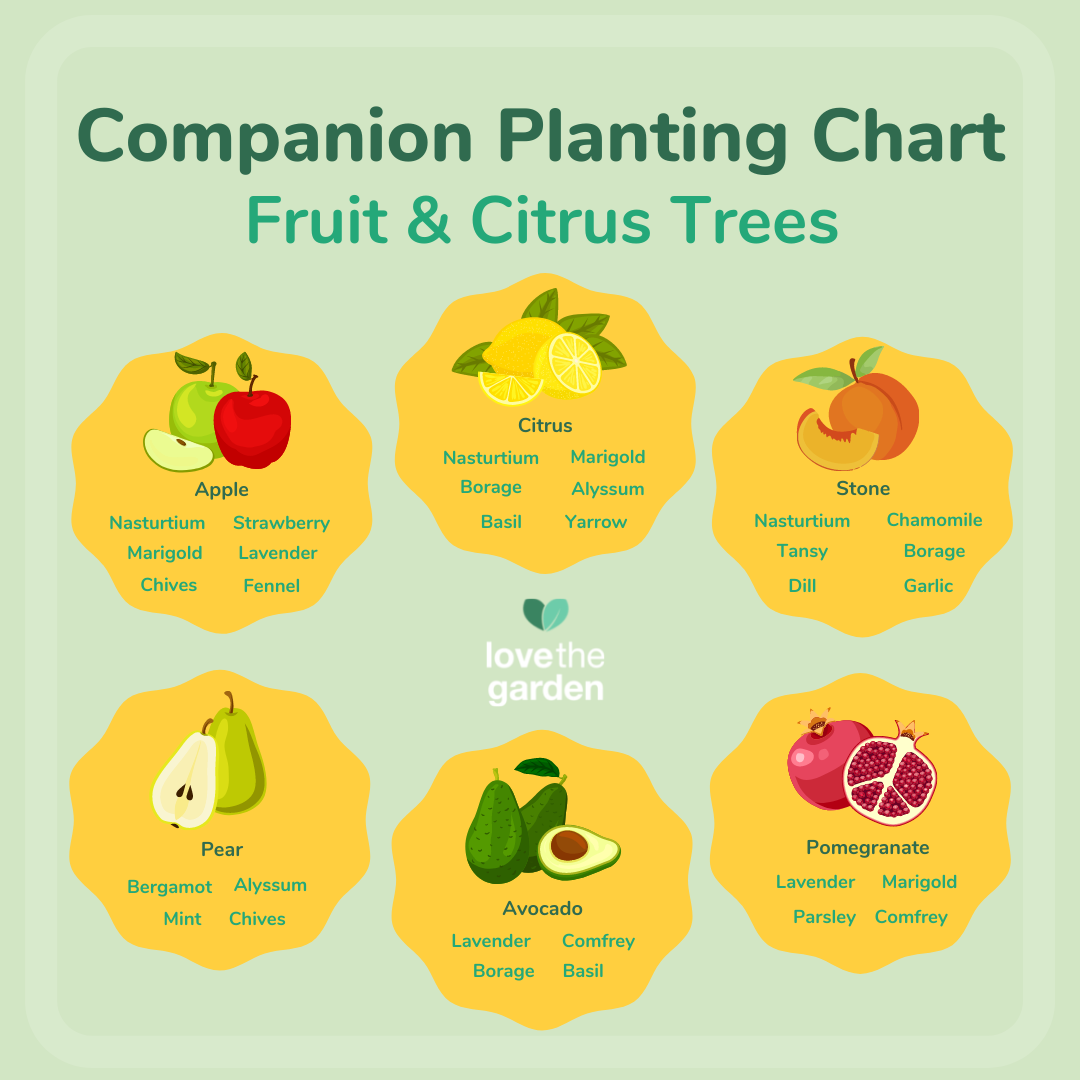The Ultimate Guide To Companion Planting
The Ultimate Guide to Companion Planting
Companion planting is a gardening practice that involves planting certain plants together in order to benefit each other. This can be done for a variety of reasons, such as to deter pests, attract pollinators, improve soil quality, or simply to create a more visually appealing garden.
There are many different companion planting combinations that have been shown to be effective. Some of the most common include:
- Marigolds and tomatoes: Marigolds help to repel nematodes, which are pests that can damage tomato plants.
- Beans and corn: Beans fix nitrogen in the soil, which can benefit corn plants. Corn provides shade for the beans, which helps to keep them cool and prevent them from wilting.
- Carrots and onions: Onions help to repel carrot flies, which are pests that can damage carrot plants.
- Cabbage and nasturtiums: Nasturtiums help to attract beneficial insects, such as ladybugs, which prey on pests that can damage cabbage plants.
- Potatoes and strawberries: Potatoes and strawberries can both benefit from being planted together. The potatoes help to suppress weeds, while the strawberries help to improve the drainage of the soil.
These are just a few of the many companion planting combinations that are available. There are many resources available online and in gardening books that can help you to find the best combinations for your specific garden.
In addition to knowing which plants to plant together, it is also important to consider the following factors when planning your companion planting:
- Sunlight: Some plants need full sun, while others prefer partial shade. Make sure to plant your companion plants in areas where they will receive the right amount of sunlight.
- Water: Some plants are more drought-tolerant than others. Make sure to plant your companion plants in areas with the right amount of water availability.
- Soil type: Some plants prefer sandy soil, while others prefer clay soil. Make sure to plant your companion plants in soil that is compatible with their needs.
- Height: Some plants grow tall, while others grow short. Make sure to plant your companion plants in a way that they will not shade each other out.
With a little planning, you can use companion planting to create a healthy, productive, and visually appealing garden.
Here are some additional tips for companion planting:
- Start by researching the plants that you want to grow. Learn about their sunlight, water, and soil requirements.
- Consider the pests and diseases that are common in your area. Plant companion plants that can help to repel or attract beneficial insects.
- Experiment with different combinations. There is no one-size-fits-all approach to companion planting. Try different combinations and see what works best for you.
- Be patient. It may take some time to see the benefits of companion planting.
Conclusion
Companion planting is a simple and effective way to improve your garden. By planting certain plants together, you can help to deter pests, attract pollinators, improve soil quality, and increase your yields. With a little planning, you can use companion planting to create a healthy, productive, and visually appealing garden.
Companion planting is a gardening technique that involves planting certain plants together to benefit each other. Some plants can attract beneficial insects, repel pests, or improve the soil quality for their neighbors. By planting companion plants together, you can create a more productive and pest-resistant garden.
If you're new to companion planting, or you're looking for a refresher, I recommend visiting Gardenia Inspiration. This website has a comprehensive companion planting chart that lists which plants grow well together and which ones should be avoided. You can also find tips on how to use companion planting to improve your garden's health and productivity.
The companion planting chart at Gardenia Inspiration is available as a free printable PDF. You can print it out and take it with you to the garden, or you can save it to your computer and reference it as needed.
Whether you're a seasoned gardener or you're just getting started, I encourage you to learn more about companion planting. It's a simple way to improve your garden's health and productivity, and it can save you time and money in the long run.
FAQ of printable companion planting chart
- What is a companion planting chart?
A companion planting chart is a visual guide that shows which plants can be planted together and which plants should be avoided planting together. Companion planting can help to improve plant growth, deter pests and diseases, and attract beneficial insects.
- Where can I find a printable companion planting chart?
There are many printable companion planting charts available online and in gardening books. Some charts are specific to certain types of plants or climates, so it is important to find one that is relevant to your needs.
- How do I use a companion planting chart?
Once you have found a printable companion planting chart, you can use it to plan your garden layout. When choosing plants to plant together, look for plants that have similar growing conditions and that complement each other's strengths and weaknesses. For example, you might plant tomatoes near basil, which helps to deter pests.
- What are some of the benefits of companion planting?
There are many benefits to companion planting, including:
- Improved plant growth: Companion planting can help to improve plant growth by attracting beneficial insects, deterring pests and diseases, and providing shade and wind protection.
- Increased yields: Companion planting can help to increase yields by improving pollination and nutrient availability.
- Reduced pest and disease problems: Companion planting can help to reduce pest and disease problems by attracting beneficial insects and deterring pests.
- Increased biodiversity: Companion planting can help to increase biodiversity by providing habitat for beneficial insects and other wildlife.
- What are some of the challenges of companion planting?
There are a few challenges associated with companion planting, including:
- It can be time-consuming to research which plants are compatible.
- It can be difficult to find all of the plants you need at your local nursery.
- Companion planting may not be effective in all climates.
Image of printable companion planting chart
5 different images of "printable companion planting chart" from pinterest.com:
Companion Planting Chart for Vegetables
 This chart shows which vegetables are beneficial to plant near each other, and which ones should be avoided. It is a great resource for gardeners who want to maximize their yields and create a healthy, balanced garden ecosystem.
This chart shows which vegetables are beneficial to plant near each other, and which ones should be avoided. It is a great resource for gardeners who want to maximize their yields and create a healthy, balanced garden ecosystem.Herb Companion Planting Chart
 This chart shows which herbs are beneficial to plant near each other, and which ones should be avoided. It is a great resource for gardeners who want to use herbs in their cooking and also create a beautiful, fragrant garden.
This chart shows which herbs are beneficial to plant near each other, and which ones should be avoided. It is a great resource for gardeners who want to use herbs in their cooking and also create a beautiful, fragrant garden.Flower Companion Planting Chart
 This chart shows which flowers are beneficial to plant near each other, and which ones should be avoided. It is a great resource for gardeners who want to create a colorful, pollinator-friendly garden.
This chart shows which flowers are beneficial to plant near each other, and which ones should be avoided. It is a great resource for gardeners who want to create a colorful, pollinator-friendly garden.Fruit Tree Companion Planting Chart
 This chart shows which plants are beneficial to plant near fruit trees, and which ones should be avoided. It is a great resource for gardeners who want to ensure that their fruit trees are healthy and productive.
This chart shows which plants are beneficial to plant near fruit trees, and which ones should be avoided. It is a great resource for gardeners who want to ensure that their fruit trees are healthy and productive.Vegetable Garden Companion Planting Chart
 This chart shows which vegetables are beneficial to plant near each other, and which ones should be avoided. It is a great resource for gardeners who want to create a productive and healthy vegetable garden.
This chart shows which vegetables are beneficial to plant near each other, and which ones should be avoided. It is a great resource for gardeners who want to create a productive and healthy vegetable garden.
Post a Comment for "The Ultimate Guide To Companion Planting"